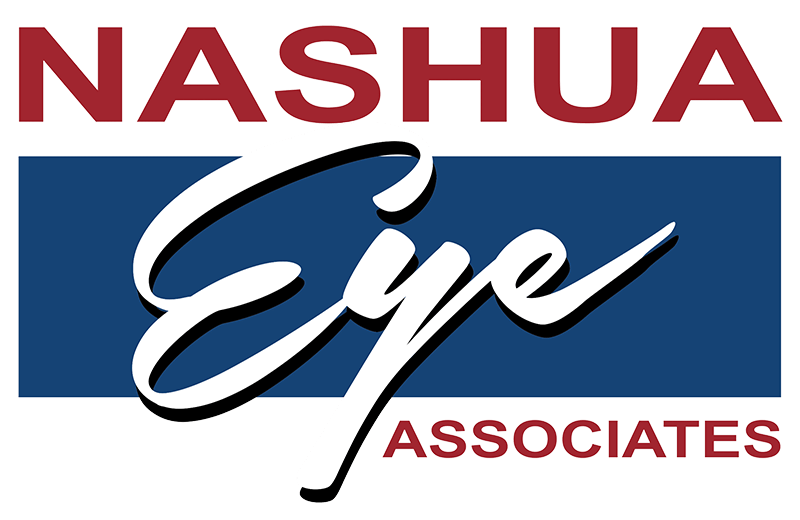When learning about laser vision correction, patients are confronted by a veritable alphabet soup of procedure names. One of the most important, and confusing, distinctions is between LASIK and PRK. The essence of both procedures is the same. However, there are important differences to understand. Here are 5 of those differences:
1. LASIK (Laser-Assisted In Situ Keratomileusis), and PRK (photorefractive keratectomy) both involve using a laser to reshape the cornea in order to focus light onto the retina without spectacles or contact lenses. In LASIK, a cornea tissue flap is created, typically using a laser. This cornea flap is pulled back and the central cornea stromal tissue beneath is reshaped using a second laser. In PRK, no cornea flap is created. The superficial layer of the cornea, the epithelium, is gently removed. The cornea stromal tissue beneath is reshaped by laser.
2. Because the surface of the eye remains essentially unchanged in LASIK, patients wake up the day after the surgery with great, functional vision. For example, many patients go to work the next day without glasses or contact lenses. In PRK, the vision is blurrier as the cornea epithelium is growing back. Typically is takes 4 to 6 days for functional vision to return. As the epithelium is growing back, a contact lens and lubricating drops keep the eye comfortable.
3. Now, with modern LASIK techniques, almost all patients have LASIK on both eyes the same day. Some patients who have PRK elect to have each eye treated on separate days, so that one eye always has functional vision for driving or work.
4. Both LASIK and PRK have many years of proven track records for safety. As with any medical intervention, there are possible risks; and some risk is specific to the procedure. In LASIK, the cornea flap tissue can dislocate under very unusual circumstances, in which case a second procedure to replace the flap is performed. In PRK, cornea haze or scarring can rarely occur in the cornea tissue. Most surgeons use a topical medication at the time of treatment called mitomycin to minimize this risk.
5. LASIK has become the de facto procedure of choice for millions of patients because of its convenience and comfort. In some patients who have thin corneas or large treatments, PRK is the preferred treatment so that less cornea tissue is involved; for long term cornea health.
Despite these differences, the results of LASIK and PRK are the same. Long term studies that follow patients for many years after LASIK and PRK show equally great visual acuity, excellent quality of vision, and a high degree of safety and patient satisfaction.
To learn more about laser vision correction at Nashua Eye, call Mary, our patient care coordininator, at (603) 689-9323.




